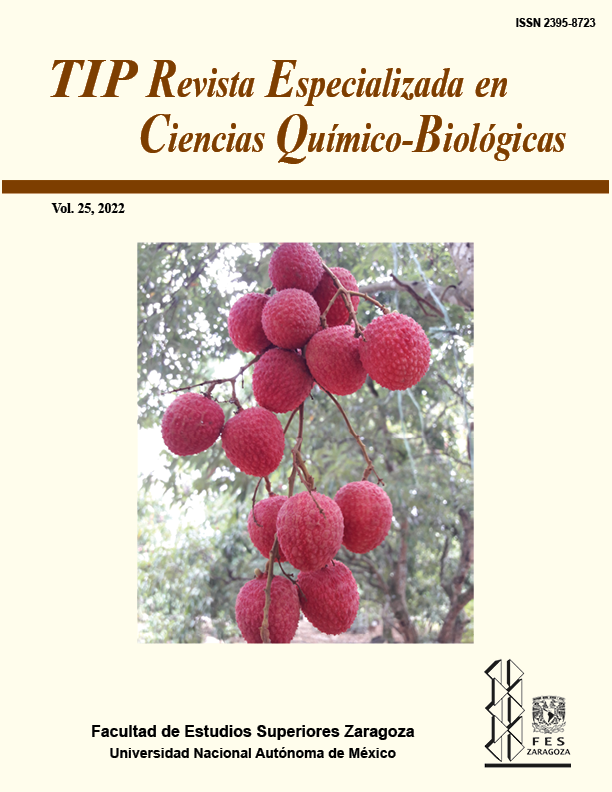Abstract
Litchi chinensis is a fruit tree known as litchi or lychee, of the Sapindaceae family and native to southern China. It is currently cultivated in more than 20 countries with tropical and subtropical areas. The fruit has a high nutritional and commercial value due to its pleasant flavor, juicy aril, and attractive deep red color. In ancient times, various cultures used it as a traditional medicine to treat different diseases, including coughs, ulcers, diabetes, obesity, and epigastric and neuralgic pains. In the literature, litchi and its different parts (leaves, flowers, pulp, seed, and pericarp) are reported to have a high amount of bioactive compounds, with strong biological activity as antioxidant, antimicrobial, antiviral, antidiabetic, anticancer, anti-obesity, anti-inflammatory, hepatoprotective and analgesic. This review describes its botanical characteristics, distribution, and chemical composition with emphasis on the bioactive compounds it contains and its biological activity, as well as its uses, applications, and perspectives of interest for the food, pharmaceutical, and cosmetic industries in order to develop novel products useful for humans.TIP Magazine Specialized in Chemical-Biological Sciences, distributed under Creative Commons License: Attribution + Noncommercial + NoDerivatives 4.0 International.



